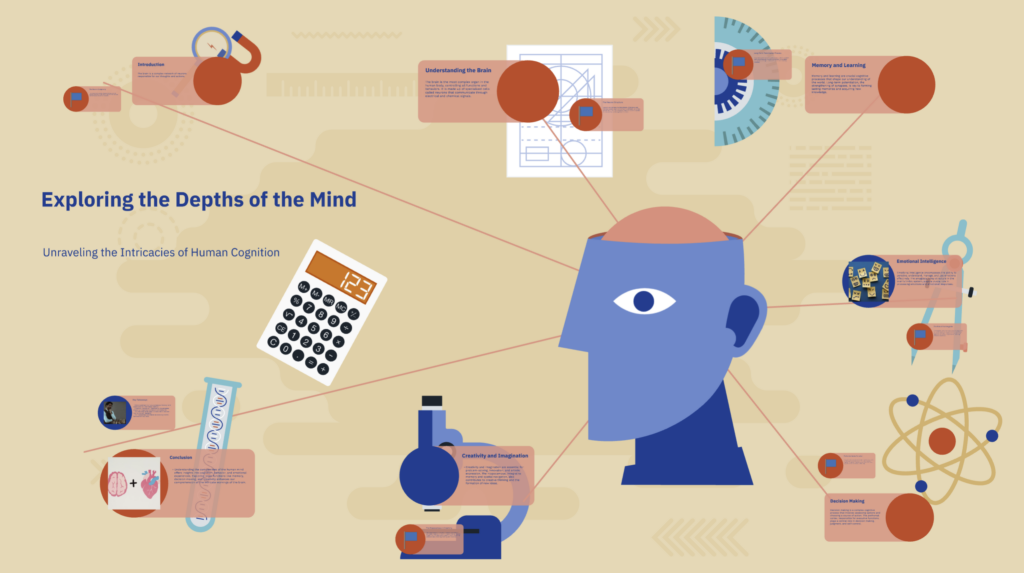Unraveling the Concept of Your Topics: A Deep Dive into Understanding What You Write or Speak About

Unraveling the concept of your topics is a critical but often overlooked step in content creation, communication, and learning. Whether you’re a student, content writer, speaker, or business professional, truly grasping the heart of your topic can transform how you express your ideas. Too often, people dive into writing or speaking without fully exploring what their topic really means. As a result, their message ends up being generic, shallow, or repetitive. To stand out and connect with your audience, you must go deeper—explore, analyze, and personalize the subject you’re working with.
Why Is It Important to Unravel Your Topic?
Many people assume they understand a topic just because they know its definition. But surface-level knowledge can be misleading. Real understanding goes beyond memorizing terms—it’s about context, relevance, perspective, and purpose.
By unraveling your topic, you can:
- Clarify your own understanding.
- Communicate with more authority and confidence.
- Create content that is insightful, not just informative.
- Avoid clichés and overused angles.
- Develop a fresh and unique point of view
When you understand your topic inside and out, you stop mimicking others and start offering something original.
Start Broad, Then Narrow Down
When you begin working on a topic, start by exploring its broad meaning. Ask yourself:
- What is this topic about at its core?
- How does it connect to other ideas?
- What are the major debates or opinions surrounding it?
Let’s say your topic is “digital well-being.” At first glance, it might seem like it’s all about limiting screen time. But when you explore further, you’ll find subtopics like social media use, mental health, tech addiction, mindfulness apps, sleep hygiene, and more.
By starting wide, you uncover all the dimensions of your topic—and only then can you decide what to focus on.
Break It into Key Concepts
Once you understand the broader context, the next step is to break the topic down into smaller ideas or subtopics. Think of your main topic like a tree trunk, and the subtopics as branches.
Let’s take another example: “sustainable fashion.” Core concepts might include:
- Ethical labor practices
- Eco-friendly materials
- Recycling and upcycling clothes
- Fast fashion vs. slow fashion
- Consumer awareness and responsibility
Now, you can pick the most relevant branches to explore in detail. This step prevents your content from becoming too scattered or vague.
Ask the Right Questions
One of the most powerful tools for unraveling a topic is curiosity. Ask yourself open-ended questions like:
- Why does this topic matter today?
- Who does it affect the most?
- What controversies or disagreements exist around it?
- What’s missing in current conversations?
- How do I personally connect to this topic?
These questions help you go beyond the surface. They guide you to find meaning, relevance, and emotional connection, which are crucial for impactful communication.
Find Your Unique Angle
After breaking your topic into parts and asking deeper questions, it’s time to find your unique angle. This is where your personal insight, experience, or interpretation becomes valuable.
For instance, if you’re writing about “remote work culture,” consider:
- Have you personally faced challenges or successes working remotely?
- Are there overlooked perspectives, like those of disabled workers, parents, or freelancers?
- Is there a new trend or shift in the topic that you’ve noticed?
This unique perspective will make your content stand out in a sea of generic information. It also helps build trust and engagement with your audience.

Understand Your Audience’s Perspective
A topic doesn’t exist in a vacuum—it matters because someone cares about it. That someone is your audience.
Ask:
- Who am I speaking or writing to?
- What level of knowledge do they have?
- What questions are they likely asking?
- What do they expect—or not expect—from this topic?
Understanding your audience’s needs helps you decide what to include and what to leave out. It also influences your tone, examples, and structure.
For example, a high school audience might need simpler language and relatable examples, while a professional audience expects technical depth and industry-specific insights.
Organize Your Findings
Once you’ve unraveled your topic thoroughly, it’s time to put the puzzle pieces together. Use outlines, bullet points, or mind maps to structure your content. A common and effective format is:
- Introduction – What is the topic and why does it matter?
- Background – How did the topic evolve?
- Key Points – What are the main ideas, issues, or facts?
- Analysis – What do you think, and what’s the unique perspective?
- Conclusion – What should the audience take away?
This structure keeps your content focused and logical, making it easier for your audience to follow and remember.
Keep Learning and Updating Your Knowledge
Topics evolve. What’s true today might be outdated tomorrow—especially in fast-moving fields like technology, health, or politics. If you want to create content that’s not just accurate but relevant, keep learning.
Read new articles, follow experts, watch documentaries, listen to podcasts—whatever keeps you informed and inspired.
By staying curious and updated, you’ll be able to revisit old topics with fresh insights and tackle new ones with confidence.
Examples of Unraveling a Topic in Practice
Let’s apply this concept to two common topics:
Example 1: Climate Change
- Broad Understanding: Global environmental shifts due to human activities.
- Key Concepts: Carbon emissions, global warming, deforestation, policy responses.
- Unique Angle: How small island nations are disproportionately affected.
- Audience Consideration: Focus on storytelling and emotional appeal for general readers.
Example 2: Mental Health in the Workplace
- Broad Understanding: Emotional and psychological well-being of employees.
- Key Concepts: Burnout, support systems, corporate policies, stigma.
- Unique Angle: First-person perspective on coping with anxiety while meeting deadlines.
- Audience Consideration: Young professionals navigating career stress.
These examples show that unraveling is not just a mental process—it’s a method of crafting meaningful, focused, and authentic content.
Conclusion: Clarity Comes from Curiosity
Unraveling the concept of your topics is more than a skill—it’s a mindset. It’s the habit of being curious, asking questions, and refusing to settle for shallow understanding.
In a digital world overwhelmed with content, the difference between forgettable and impactful often lies in how well you’ve explored your topic before putting pen to paper or voice to microphone.
So next time you’re handed a topic—pause. Reflect. Break it down. Look deeper. Because when you take the time to unravel your topic, your ideas don’t just inform—they inspire.
Read also:http://Blog RandomGiantNet: A Dynamic Space for Digital Voices and Perspectives



